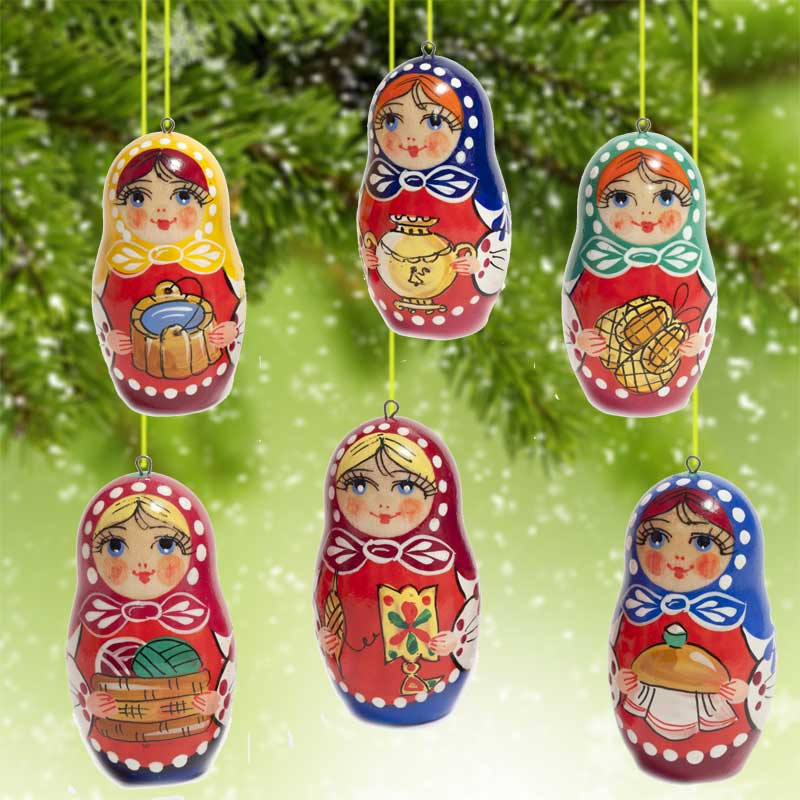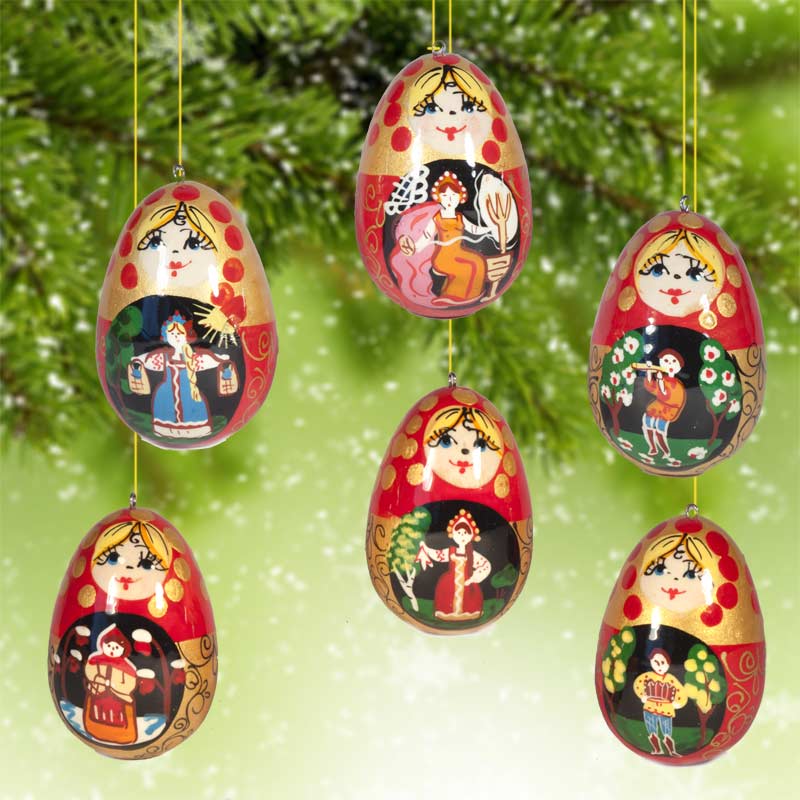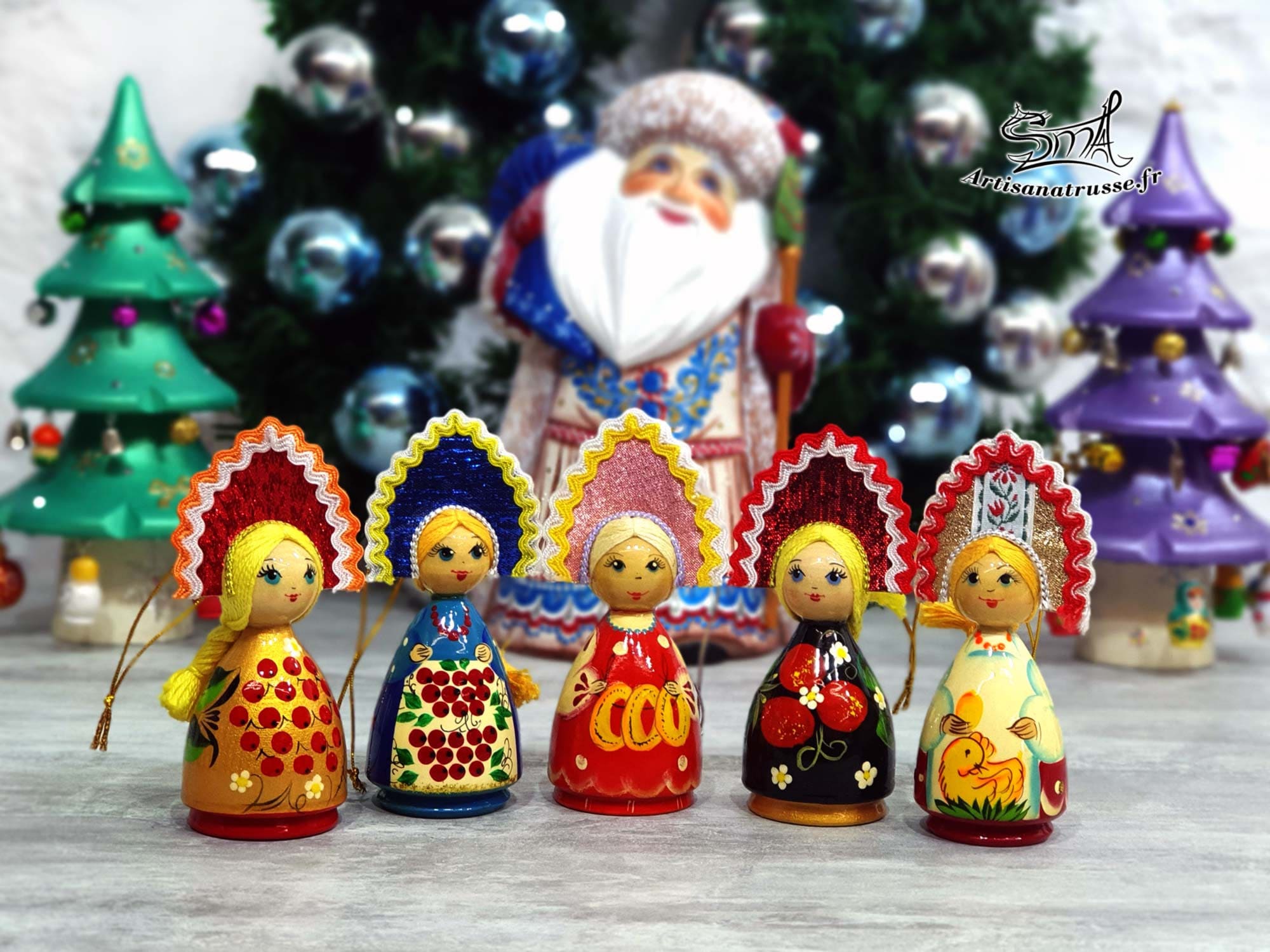As the holiday season approaches, there’s an undeniable warmth that fills the air, inviting us to celebrate with family and friends. For many, decorating for Christmas is a cherished tradition, one that often reflects cultural heritage and personal experiences. In my journey of exploring different holiday customs, I’ve found Russian Christmas decorations to be particularly enchanting. They not only embody the beauty of the festive spirit but also tell a story of rich history and tradition.
Understanding Russian Christmas Traditions
Before diving into the decorations, it’s essential to understand the cultural context surrounding Russian Christmas. In Russia, Christmas is celebrated on January 7th due to the Julian calendar, a deviation from the Gregorian calendar used in most of the Western world. This distinction plays a significant role in how Russian Christmas decorations are presented.
The Significance of Christmas in Russia
Christmas in Russia is a time of reflection, spiritual renewal, and family gatherings. Traditionally, the festive period was marked by a 40-day fast leading up to Christmas Eve, or Sochelnik. The evening is celebrated with a special meal called Sochelnik, which includes twelve dishes representing the twelve apostles.

Common Themes in Russian Christmas Decorations
When it comes to Russian Christmas decorations, certain themes are prevalent:
- Nature and Folk Art: Many decorations draw inspiration from nature, using materials like pine cones, branches, and berries.
- Religious Symbols: Icons, stars, and nativity scenes are common, reflecting the spiritual significance of the holiday.
- Colorful Ornaments: Vivid colors are characteristic of Russian decorations, often using red, gold, and green hues.

Traditional Russian Christmas Decorations
The Christmas Tree: A Central Element

The Russian Christmas tree, or Yolka, is often adorned with a variety of decorations. Unlike the Western tradition of artificial trees, many Russian households prefer natural trees, which are decorated in a unique fashion.
Common Decorations for the Yolka

- Handmade Ornaments: Traditional decorations often include hand-blown glass ornaments, often adorned with intricate designs.
- Straw Stars: These symbolize the Star of Bethlehem and are often placed at the top of the tree.
- Fruits and Nuts: Edible decorations like apples, walnuts, and candies are also used, representing abundance and prosperity.
Comparison of Traditional vs. Modern Russian Christmas Trees
| Decoration Type | Traditional Yolka | Modern Yolka |
|---|---|---|
| Materials | Natural tree, handmade ornaments | Artificial tree, mass-produced ornaments |
| Decoration Style | Simple and symbolic | Elaborate with themed aesthetics |
| Items Used | Fruits, nuts, woven decorations | LED lights, tinsel |

Christmas Stars and Religious Icons
Stars are essential in Russian Christmas decorations. They symbolize the Star of Bethlehem, guiding the Wise Men. Additionally, religious icons play a significant role in many households, often displayed near the tree or within the nativity scene.

Types of Religious Icons Used
- Nativity Icons: Representing the birth of Jesus, these icons are often hand-painted and deeply revered.
- Angels: Symbolizing messengers of God, angel decorations are commonly found in various forms.

Modern Interpretations of Russian Christmas Decorations
As traditions evolve, modern Russian decorations continue to embrace the rich heritage while adapting to contemporary styles. This fusion creates a vibrant array of holiday decor.
Incorporating Russian Decor into Your Home
If you’re looking to infuse some Russian flair into your holiday decorations, here are some practical tips:
Tips for DIY Russian Ornaments
- Try Your Hand at Hand-Painted Styles: Use glass or wooden ornaments and paint them with traditional Russian motifs.
- Incorporate Natural Elements: Use pine cones, berries, and dried fruits as decorations to pay homage to nature.
Popular Modern Russian Decoration Trends
Many contemporary decorators are embracing a blend of traditional and modern aesthetics. Here are a few trends to consider:
- Minimalistic Decor: A focus on simplicity with fewer, more meaningful decorations.
- Eco-friendly Ornaments: Utilizing sustainable materials for a greener holiday season.
Pros and Cons of Traditional vs. Modern Russian Christmas Decorations
Choosing between traditional and modern decorations can be a dilemma. Here’s a brief look at the advantages and disadvantages of each approach:
Pros and Cons Table
| Decoration Style | Pros | Cons |
|---|---|---|
| Traditional | Rich cultural heritage, unique handmade elements | Can be labor-intensive, harder to find |
| Modern | Accessibility, variety of themes available | Less personal touch, often mass-produced |
Celebrating Russian Christmas at Home
Creating a festive atmosphere is not only about decorations. It’s about embracing traditions, food, and family gatherings. Here’s how you can celebrate a traditional Russian Christmas at home:
Traditional Meals for Russian Christmas
Food plays an integral role in holiday celebrations. Here are some traditional dishes you might consider:
- Kutya: A sweet grain pudding made from wheat, honey, and poppy seeds.
- Borscht: A hearty beet soup that adds a rich flavor to the table.
- Pirozhki: Baked or fried buns filled with various ingredients like meat or cabbage.
Engaging with Family Traditions
Involve family in the decoration process, sharing stories about each ornament or decoration’s significance. This not only creates a sense of belonging but also passes down traditions to the younger generation.
FAQs about Russian Christmas Decorations
What are some essential items in Russian Christmas decorations?
Essential items include the Yolka (Christmas tree), handmade glass ornaments, straw stars, and religious icons.
How can I incorporate Russian decorations into my home?
Consider using a mix of traditional and modern decorations, focusing on natural elements and vibrant colors. DIY decorations can also add a personal touch.
What are the most popular colors in Russian Christmas decorations?
Traditional colors include red, gold, and green, symbolizing joy, prosperity, and cheer.
Conclusion
Russian Christmas decorations are a beautiful blend of tradition and creativity, providing a unique way to celebrate the festive season. Whether you opt for traditional handmade ornaments or contemporary interpretations, each piece tells a story of cultural heritage. This holiday season, consider incorporating some Russian flair into your decorations, enriching your celebrations with warmth and meaning. May your home be filled with joy, love, and the spirit of Christmas!